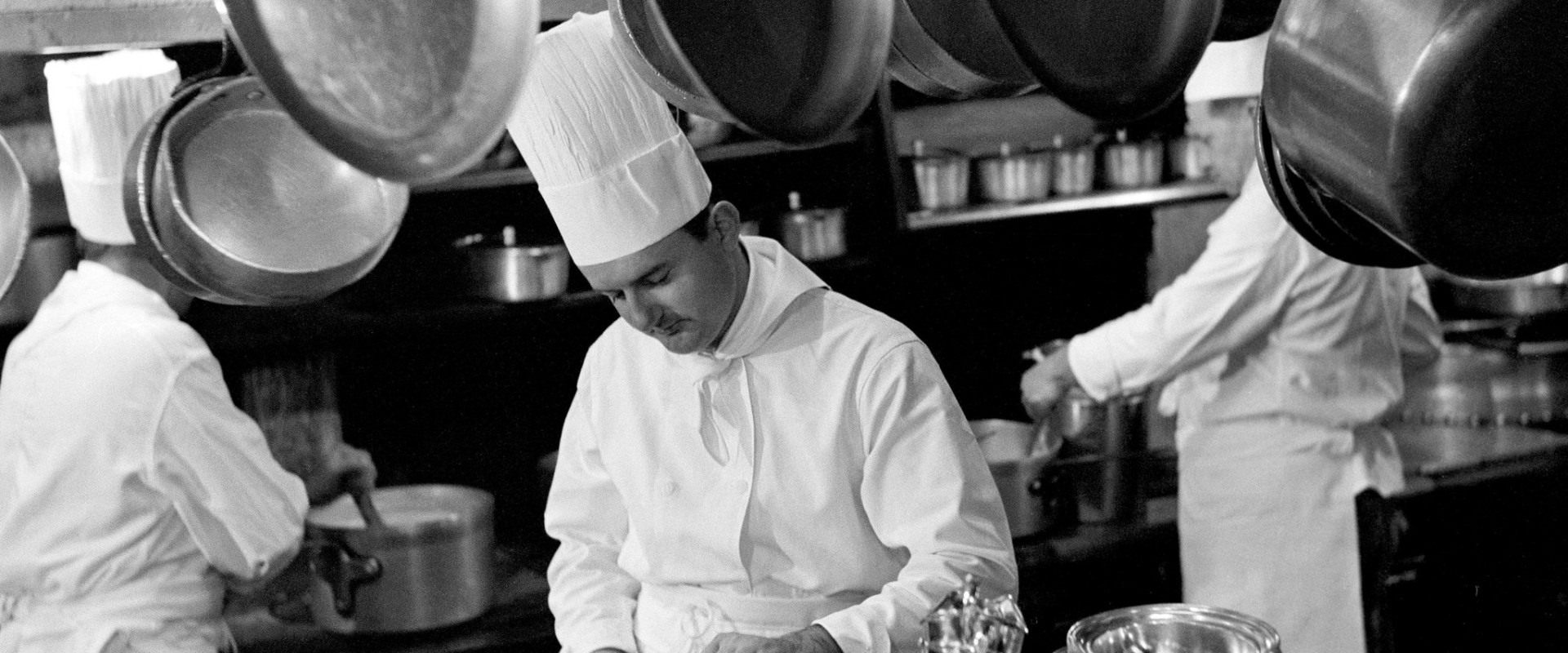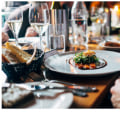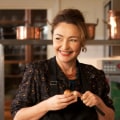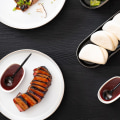Auguste Escoffier's 1903 book Le Guide Culinaire and his distinguished career as a restaurateur and chef made him the father of modern haute cuisine. Kelby's novel White Truffles in Winter makes him an ardent romantic hero. While some are determined to hold on to the initial foundations of haute cuisine, such as Michelin-starred restaurants and high-end hotel groups, many have incorporated the influences of the movement into other types of cuisine or restaurant concepts. Escoffier and Savoy became known all over the world and it was there that Escoffier perfected the coding of French haute cuisine.
Professional chefs were not only responsible for creating and shaping haute cuisine, but their role in the kitchen was what set it apart from regular French cuisine. Finally, there's the presentation factor; haute cuisine is nothing more than elegant and artistic, with meticulous arrangements and small to moderate portions. As for the catering establishments themselves, the entire rating system for Michelin-starred restaurants is based on the successful execution of haute cuisine. Georges Auguste Escoffier was a central figure in the modernization of haute cuisine starting in 1900, which became known as cuisine classique.
And many restaurants use the fundamental principles of haute cuisine, some without even recognizing it. During Escoffier's time, haute cuisine remained a hallmark of the rich and inaccessible to most others. In fact, there has never been a better time to learn the basics of haute cuisine, as many restaurants and other hotel establishments seek to remain competitive and attract businesses with high-quality food service. In its time, it was considered the pinnacle of haute cuisine and was a different style from bourgeois cuisine (the cuisine of wealthy city dwellers), working-class cuisine in bars and homes, and the cuisine of the French provinces.
However, within 20 years, chefs began to return to the previous style of haute cuisine, although many of the new techniques remained. For this reason, primitive haute cuisine was accessible to a small demographic group of rich and powerful people. In the 1960s, a generation of chefs rebelled against many of the facets of haute cuisine, forming a movement that came to be known as nouvelle cuisine. Haute cuisine differed from normal French cuisine by what it was cooked and served, by obtaining top quality ingredients, such as fruit out of season, and by using ingredients that are not usually found in France.
In recent decades, modern haute cuisine has become a hybrid of these two variants, maintaining its emphasis on tasty flavors and expert technique, while prioritizing fresh seasonal ingredients.




Leave Reply